
The 10 Most Influential Real-Time Strategy Games of All Time - Article
by Taneli Palola , posted on 13 July 2019 / 12,504 ViewsI recently completed an article series about the history of real-time strategy, and going through so many different games that have shaped the face of the genre over the last 30 years got me thinking. Which real-time strategy titles are the ones that have had the greatest influence on the genre's development throughout its history? What you're reading now is my answer to that particular question.
Naturally, this is only my view on this particular subject, and there are obviously many games that didn't make the list for which arguments could still be made. If there's a game you think should be on this list, make a case for it in the comments below. Also, the following ten games are presented chronologically, rather than in some arbitrary order based on which was the most influential, as accurately judging something like that would be extremely difficult. With that in mind, here are the ten most influential real-time strategy games of all time.
Herzog Zwei (1989)
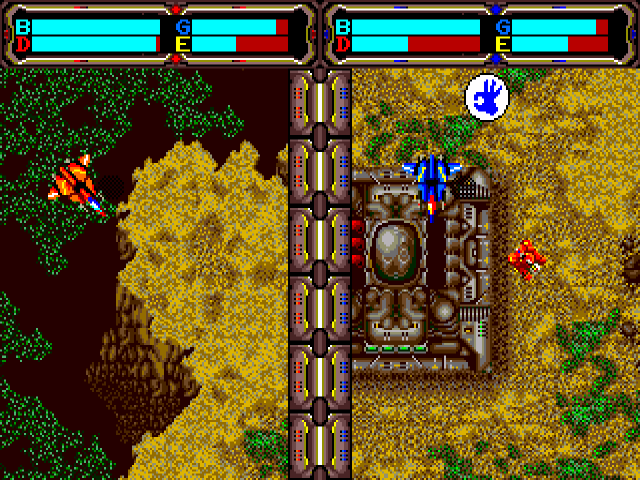
Arguably the first proper real-time strategy game ever, Herzog Zwei can in many ways be considered the foundation of the whole genre. Naturally, there had been games before that which had featured elements that would go on to define real-time strategy, but it wasn't until Herzog Zwei that the various pieces were put together in one package.
However, the reason the game is here is because its influence is still felt today. From the most groundbreaking titles in the genre's history to the most derivative ones, nearly every RTS game's lineage can be drawn directly back to this title and so the vast majority of RTS games owe a debt of gratitude to Herzog Zwei - without it the genre would likely look very different and may never have reached the heights it did a decade after Herzog Zwei's release.
Dune II: The Building of a Dynasty (1992)
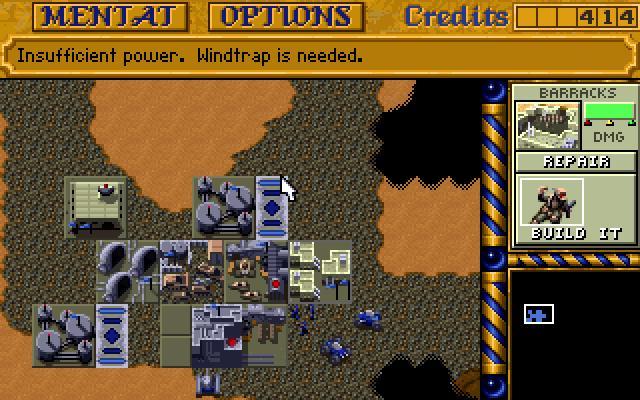
In many ways Dune II can be considered the father of modern real-time strategy. The gameplay elements it contained weren't necessarily unique to it, but the combination of fog-of-war, mouse controlled gameplay, resource gathering, and base building would soon became the template that nearly all future RTS games would use and build upon.
However, Dune II's influence wasn't immediate. Naturally, Westwood Studios took what it learned from the game and used that in future games, but it would take quite a few years for other developers to catch up. The one studio that immediately recognized the genius of Dune II was Blizzard Studios (more about Blizzard a bit later). Others would later follow and today it could be argued that no other game has had as great an impact on the RTS genre as Dune II.
Command & Conquer (1995)
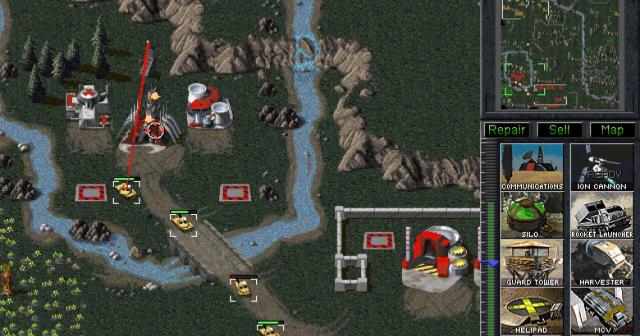
There is perhaps no developer more important in the history of real-time strategy than Westwood Studios. Dune 2 had already established the studio as the leader in the genre, but it was the original Command & Conquer that had every other developer following its lead for years to come. The formula C&C used was more or less directly lifted from Dune 2, just with some fairly massive improvements added for good measure.
It was with the success of Command & Conquer that the popularity of real-time strategy exploded and soon a huge number of games would begin copying its formula to the extent that a few years later the genre was flooded with cheap C&C copycats. However, if anything this is a testament to the game's massive significance, and along with the copycats there were a huge number of genuinely amazing titles that owe a massive debt to Command & Conquer.
Total Annihilation (1997)
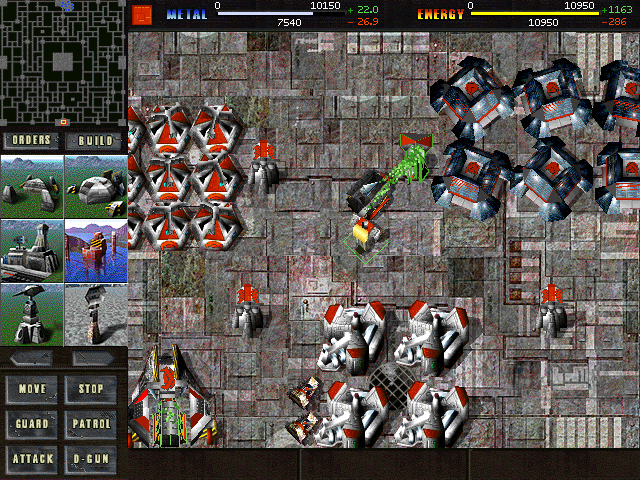
Up until the late 90s 3D elements had been practically nonexistent in real-time strategy, but the release of Total Annihilation would mark a clear change in that regard. It wasn't the first real-time strategy title to make use of 3D, as that distinction goes to Dark Reign, but there's no question about which game had a lasting effect on the genre and has simultaneously been almost completely forgotten since its release.
Total Annihilation has spawned a sequel and a number of spiritual successors over the last 20 years, in addition to facilitating the spread of 3D within the genre. And while it didn't feature full 3D graphics (that would happen some time later in a different game), it resulted in numerous other games making use of 3D elements. It also featured a highly streamlined interface with elements like command queuing that would go on to influence countless titles, not to mention a physics engine that simulated real 3D objects such as debris and explosions on the battlefield.
Age of Empires (1997)
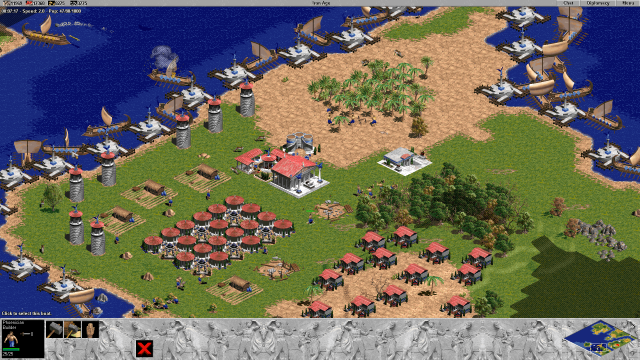
For most of its early history real-time strategy had been almost exclusively dominated by fantasy or sci-fi themed games, with perhaps Command & Conquer being the only exception, and even that contained sci-fi elements. Other types of settings were in a clear minority, and no game featuring them had genuinely broken through and become a notable success prior to the launch of Age of Empires. It was with the launch of Ensemble Studios' Age of Empires that this particular type of RTS would find a wider audience.
Technically this spot should probably go to both Age of Empires and its sequel, which was released two years later, as they both were important in popularizing the historical RTS. Nothing has, nor probably ever will unseat fantasy and sci-fi as the two most popular settings for real-time strategy, but it's largely thanks to AoE that real-life history is a fairly close third in terms of popularity and number of releases.
StarCraft (1998)
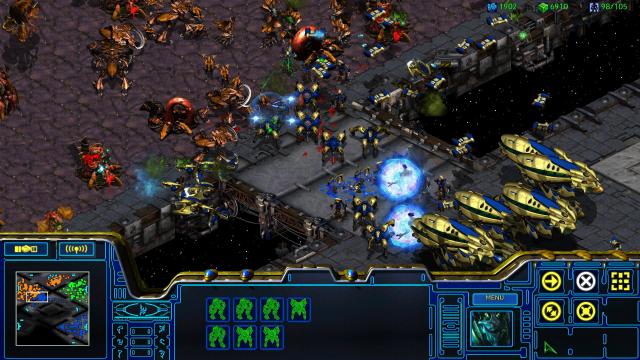
Even though it would be very difficult to put these games in order, from most to least influential, one of the games that could certainly make a strong case for being the most influential is StarCraft. Blizzard had already established itself as one of the two top RTS developers in the world (alongside Westwood Studios) with the first two WarCraft games, but it was StarCraft that truly made the studio the premier RTS developer in the world.
As successful as WarCraft had been, Blizzard was still mostly iterating on the foundation built by Command & Conquer, but with StarCraft the developer established its own identity in the genre. Even beyond that, StarCraft effectively created and definitely popularized real-time strategy as an e-sport, to the extent that other games are still struggling to catch up to it over two decades later, both in terms of quality and popularity.
Homeworld (1999)
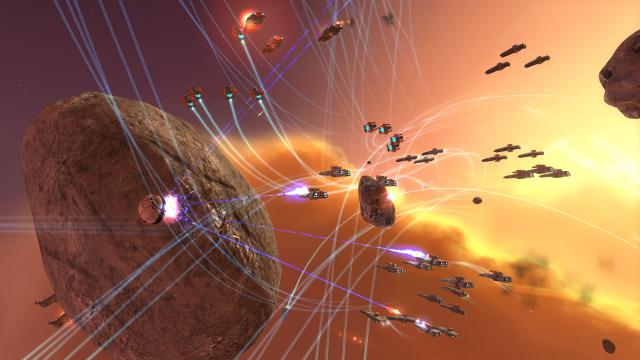
As far as the popularization of fully 3D graphics in real-time strategy is concerned, no title has had quite as great an impact as the original Homeworld, developed by Relic Entertainment. It wasn't the first RTS game made using nothing but 3D elements, but it was unquestionably the one that left the greatest lasting impact on the industry.
In Homeworld every element that had characterized real-time strategy since Dune 2 was translated wonderfully into real 3D environments. The gameplay was great, the visuals beautiful for the time, the music was excellent, and the 3D elements actually enhanced the strategic gameplay and made it better instead of detracting from it. Over the following few years 3D would become the standard for real-time strategy and Homeworld is the game that set the wheels in motion for that to happen.
Pikmin (2001)
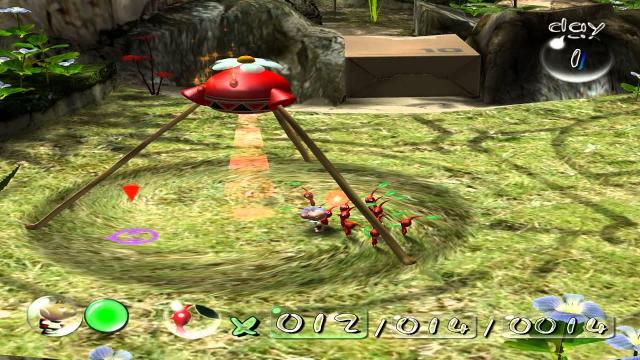
Consoles have historically been an inhospitable environment for real-time strategy games. Most attempts at trying to make the genre work have been middling at best, and completely unplayable at worst. Many of the most talented studios had failed to translate RTS gameplay onto home console platforms, despite numerous attempts, but then out of all the possible developers it turned out to be Nintendo that found a way to do it.
Pikmin's main contribution to real-time strategy was in showing that the genre could work on consoles, and do so extremely well when it was approached in the right manner. In the past, developers had generally just tried to bolt the exact same gameplay that had worked on PC with a mouse and keyboard to consoles, but Nintendo showed that you needed to build the experience from the ground up. Once this had been established, the console RTS space actually began to show real signs of life, and that's largely thanks to Nintendo and Pikmin.
WarCraft III: Reign of Chaos (2002)
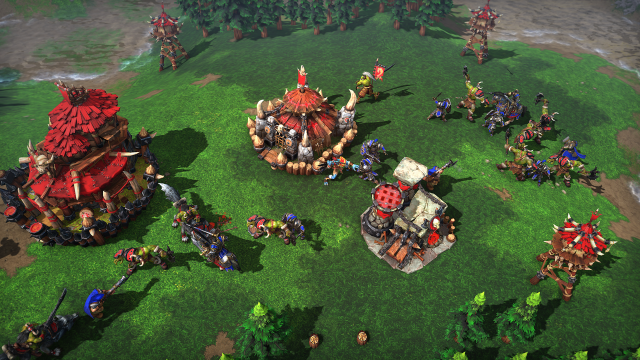
In the early 2000s real-time strategy had begun to stagnate, as the gameplay formula that formed the basis of the genre hadn't really evolved in any meaningful way in years. As a result, several developers began to experiment by adding new elements and combining real-time strategy with other genres, perhaps most notably with RPGs. The game that popularized this particular combination was Blizzard's WarCraft 3.
Alongside RPG elements, the game also popularized the idea of hero units that would increase in level over the course of the campaign/mission in strategy games. In addition, we can thank WarCraft 3's popularity for the influx of Action RTS/MOBAs like Dota, League of Legends, and Blizzard's own Heroes of the Storm, which took over the genre for quite a few years in the late 2000s and early 2010s, a number of which are even still going strong today.
StarCraft II (2010, 2013, 2015)
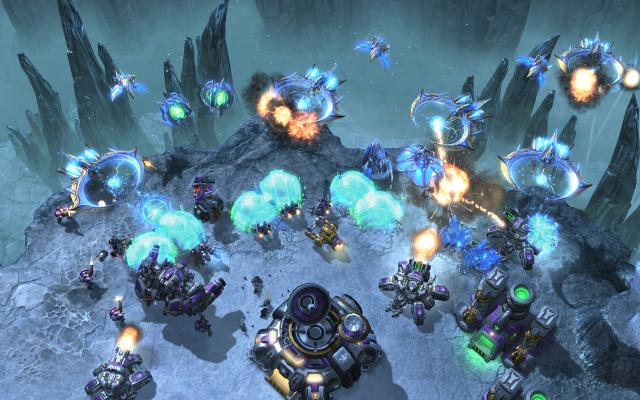
The peak years of real-time strategy effectively ended in 2003, and in the 16 years since very few titles can be said to have had a significant impact on the genre as a whole. There have been many successful releases and interesting developments, but outside of a few notable exceptions these games have had only limited influence on other titles. Which of these few titles should be chosen here is a matter of opinion, and if you disagree with mine that's, fine as arguments can certainly be made for other games as well.
But my choice here is StarCraft II, as the three releases that comprise the game were instrumental in keeping the real-time strategy genre afloat through what was perhaps its lowest ever period. StarCraft II may not be the kind of groundbreaking title its predecessor was, but looking back at the last decade in real-time strategy, there were times when it was quite literally the only thing keeping the traditional RTS alive to any kind of degree. For that reason it deserves its spot on this list.
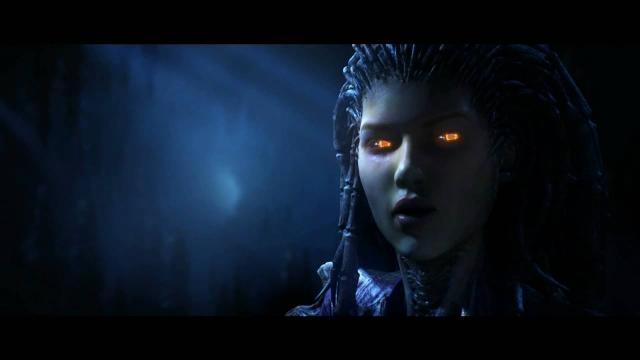
And those are the ten most influential real-time strategy games of all time in my view. Are there games you think should be on the list that didn't make it? Share them in the comments below and talk about your favourite real-time strategy games. I hope you've enjoyed this extended look at the history of RTS over the last several months as much as I've enjoyed writing and researching it!
More Articles
I'm so happy you did another article on the RTS genre. I was talking to my friend the other day how I loved these articles you did. We were talking about our sadness at not seeing anything at E3 about Age of Empires 4. We love RTS games but it's certainly not like it used to be with massive games coming out all the time. An I adore Total Annihilation. Also it's been years since I last played Command and Conquer and just the screenshot alone as me brimming with excitement.
Thank you for this article. This is one of my most favorite genres. It makes me kind of sad, that this genre is basically dead.
The inclusion of Total Annihilation is largely due to how integral it was in pushing for 3D elements in the genre, and for things like popularizing command queues. It was one of the last games I included because in the end I couldn't really figure any other game that would have had more of an influence than it, but I can certainly see arguments for other games as well.








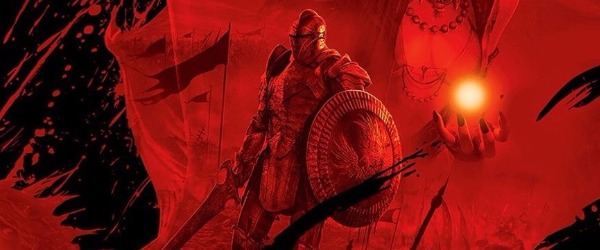

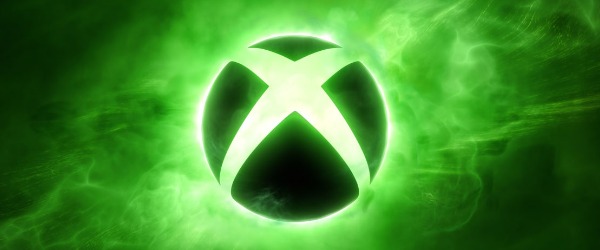











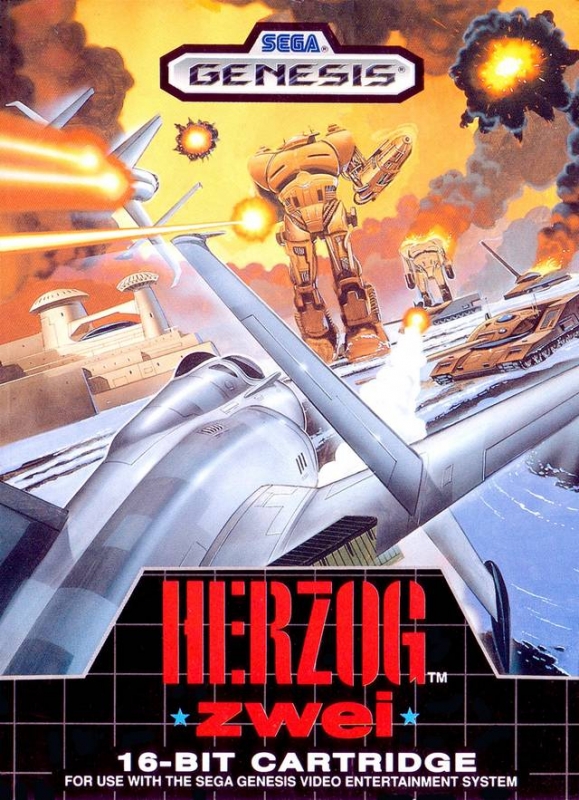

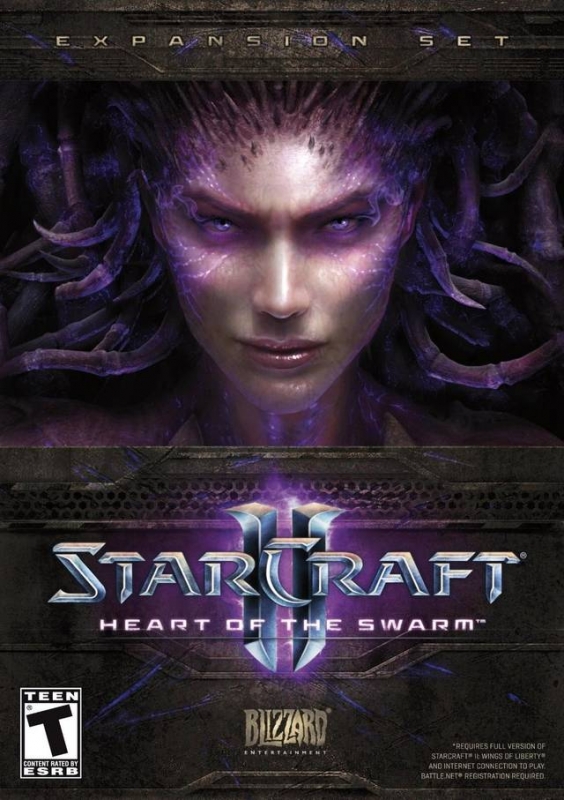


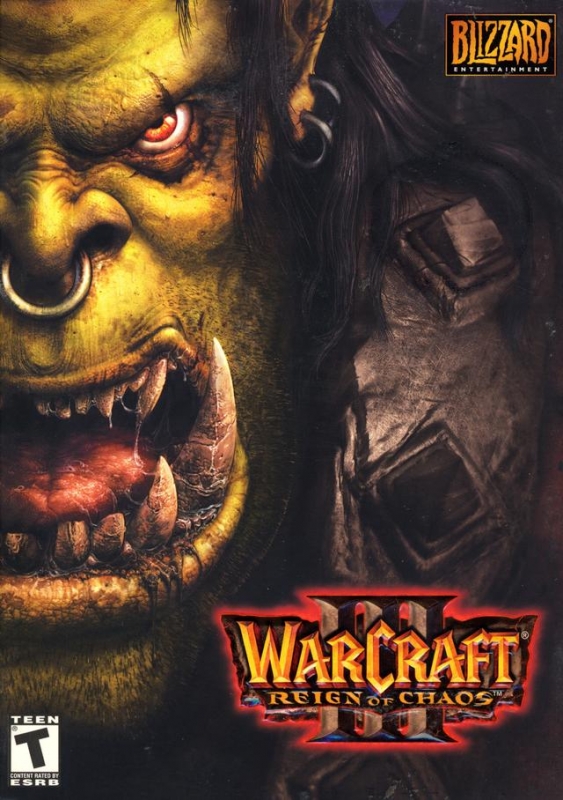
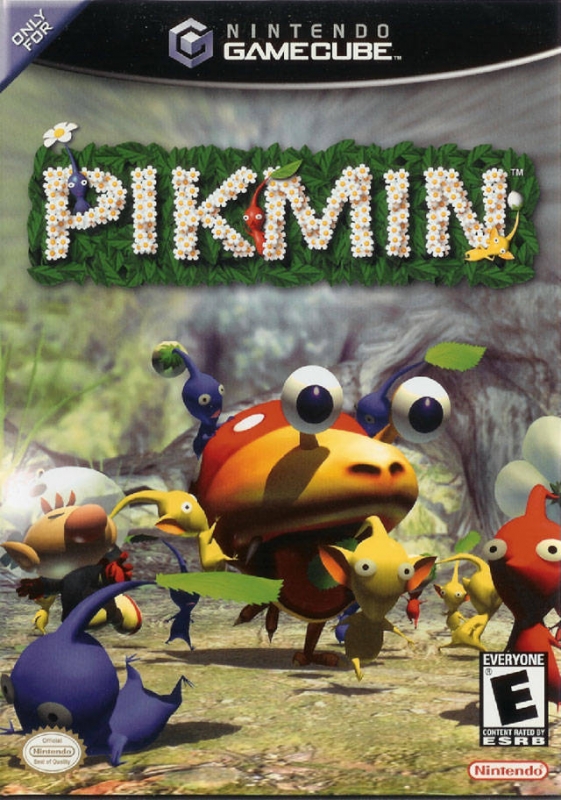

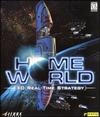
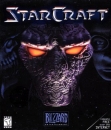
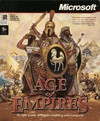
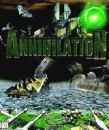
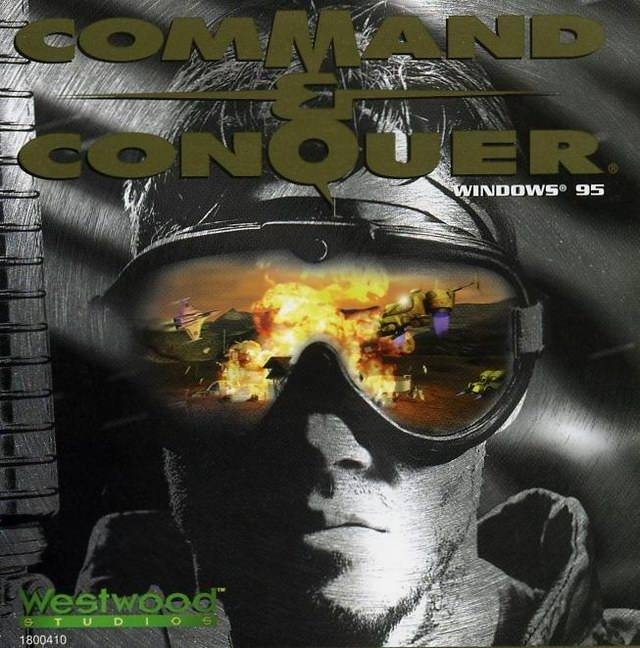
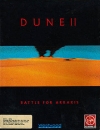
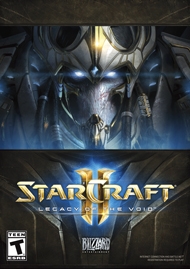
 Essay Pro
Essay Pro